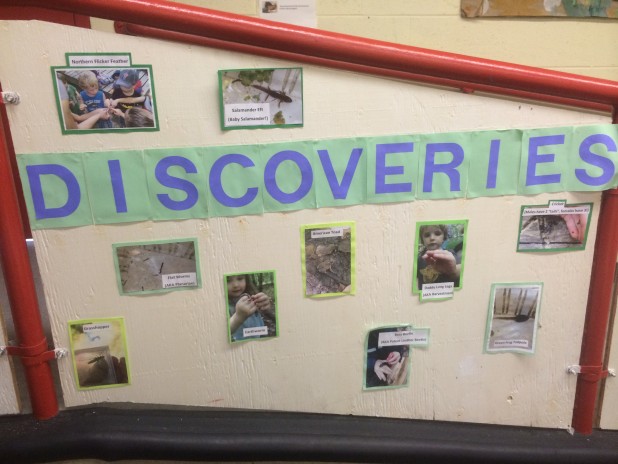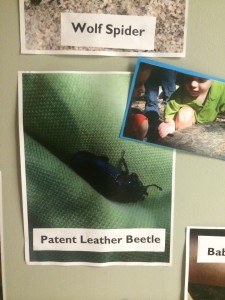By guest contributor Caitlin Sweeney, Kindergarten Teacher, Springside Chestnut Hill Academy
Springside Chestnut Hill Academy offers a variety of unique programs and student opportunities through The Sands Center for Entrepreneurial Leadership (CEL). CEL teaches entrepreneurial skills to prepare students for the ever-changing world ahead of them. Entrepreneurial skills are developed by channeling a child’s natural desire to learn by doing. Children are asked to look both locally and globally to solve problems by applying design thinking, collaboration, and financial literacy skills, as well as new media technologies.
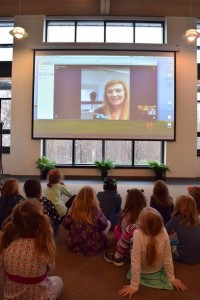 Kindergarten’s CEL project this year was paired with our annual Animals in Winter unit. For this unit, each girl becomes the expert on a local wild animal, researching her animal and eventually teaching the class all she knows. Looking locally, we were thrilled to partner with the Schuylkill Center, one of the first urban environmental education centers in the country. Working with a community partner helps the girls develop empathy by solving a problem based on another person’s needs, or in this case, perhaps an animal’s needs. Kindergarten brainstormed a list of questions we wanted to ask the Schuylkill Center, questions that would help us learn more about the Center’s work and its potential needs. We asked our questions, via Skype, to Michele, a rehabber at the center. This interview session generated terrific information and served as a guide for our projects. Following the interview, kindergarten identified three areas in which we might assist the Schuylkill Center:
Kindergarten’s CEL project this year was paired with our annual Animals in Winter unit. For this unit, each girl becomes the expert on a local wild animal, researching her animal and eventually teaching the class all she knows. Looking locally, we were thrilled to partner with the Schuylkill Center, one of the first urban environmental education centers in the country. Working with a community partner helps the girls develop empathy by solving a problem based on another person’s needs, or in this case, perhaps an animal’s needs. Kindergarten brainstormed a list of questions we wanted to ask the Schuylkill Center, questions that would help us learn more about the Center’s work and its potential needs. We asked our questions, via Skype, to Michele, a rehabber at the center. This interview session generated terrific information and served as a guide for our projects. Following the interview, kindergarten identified three areas in which we might assist the Schuylkill Center:
- Help calm and provide stimuli to the hurt animals.
- Help the staff stay clean while working at the center.
- Help the Center educate the community about their mission.
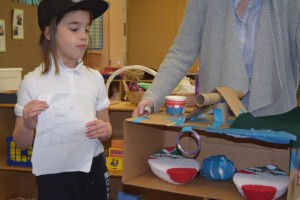 A few girls decided to design toys and made blankets and pillows for injured animals. Girls also painted wallpaper for the cages, to bring a sense of the outdoors inside. A team of girls designed a retractable sponge to help the staff clean cages. Another group made an easy to dispose of basket to assist in animal cleanup. One group of girls also thought of a new way to drop off animals at the Center at nighttime. And finally, in order to help the Schuylkill Center educate the community about their work, a group created T-shirts with instructions for taking a wild animal to the Center and set up a collection site here at school for donations of food, towels, and blankets. This group made announcements at our assemblies and hung up posters to make our SCH community aware of the good work being done by the Schuylkill Center.
A few girls decided to design toys and made blankets and pillows for injured animals. Girls also painted wallpaper for the cages, to bring a sense of the outdoors inside. A team of girls designed a retractable sponge to help the staff clean cages. Another group made an easy to dispose of basket to assist in animal cleanup. One group of girls also thought of a new way to drop off animals at the Center at nighttime. And finally, in order to help the Schuylkill Center educate the community about their work, a group created T-shirts with instructions for taking a wild animal to the Center and set up a collection site here at school for donations of food, towels, and blankets. This group made announcements at our assemblies and hung up posters to make our SCH community aware of the good work being done by the Schuylkill Center.
Our work with the Schuylkill Center became part of our everyday lives in kindergarten. The girls acted out the roles of rehabbers in the dramatic play area and built their own version of the Schuylkill Center in the block area. When learning becomes synonymous with play in kindergarten, you know a meaningful connection has been made. When our students have opportunities to connect to the real world, solving real problems, it enriches the learning experience, creating purposeful and reflective learners. As teachers, we emphasized the process of this project over the final product, posing guiding questions of “why” and “how” and “what next?” For the girls, the opportunity to return again and again to their work over an extended period of time encouraged reflection and the idea of pushing forward in the face of failure. Upon reflection, girls said, “I liked this project because it was fun to make things for animals.” “It feels good when people help you so I liked helping the Schuylkill Center.”
The kindergarten team would like to offer a huge thank you to the Schuylkill Center for partnering with us and enhancing our curriculum.
Springside Chestnut Hill Academy (SCH) is an independent school in Chestnut Hill with a unique model distinguished by single-sex education for the lower grades (Pre-K through 8) followed by a coed Upper School.

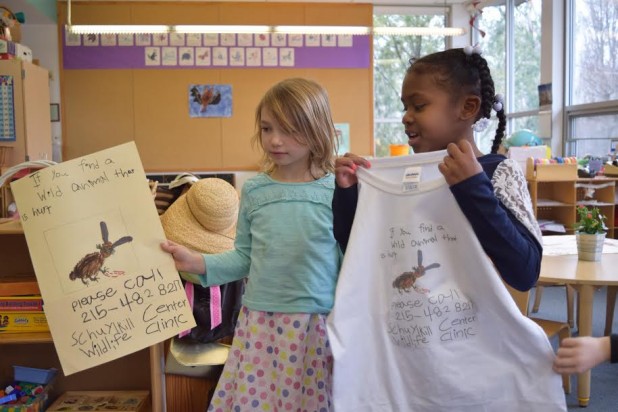




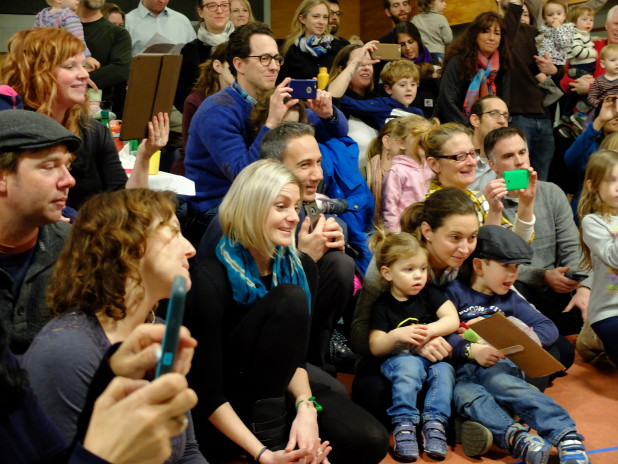
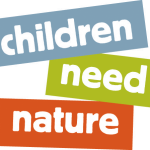
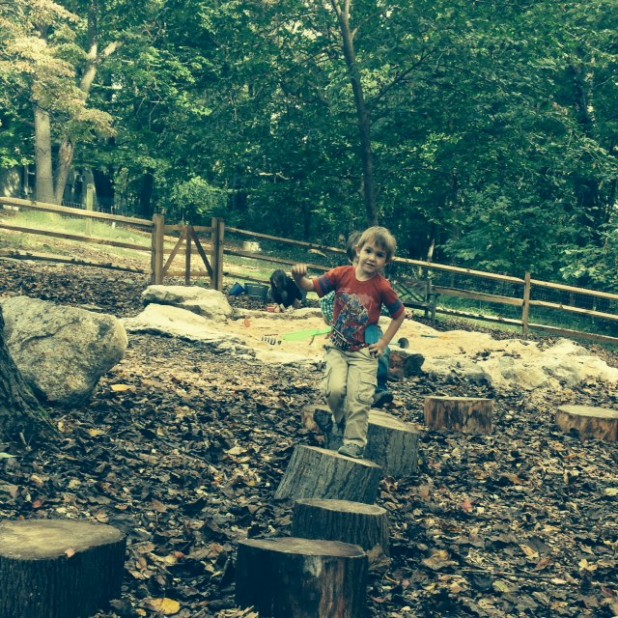
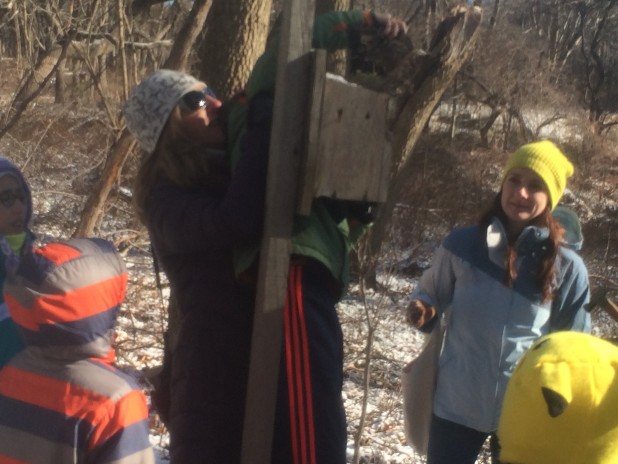
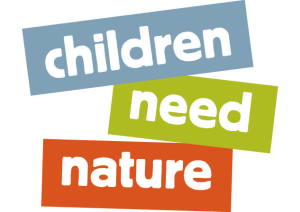

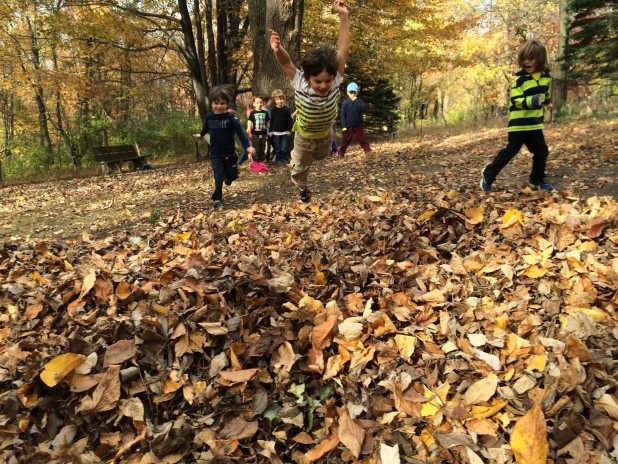
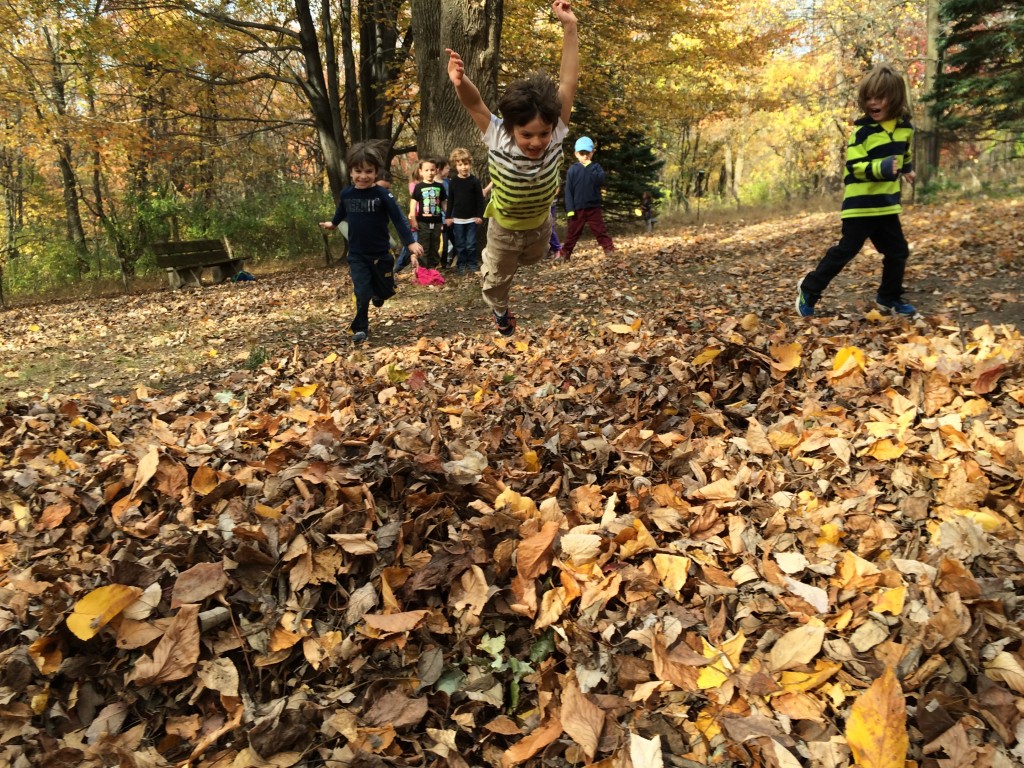
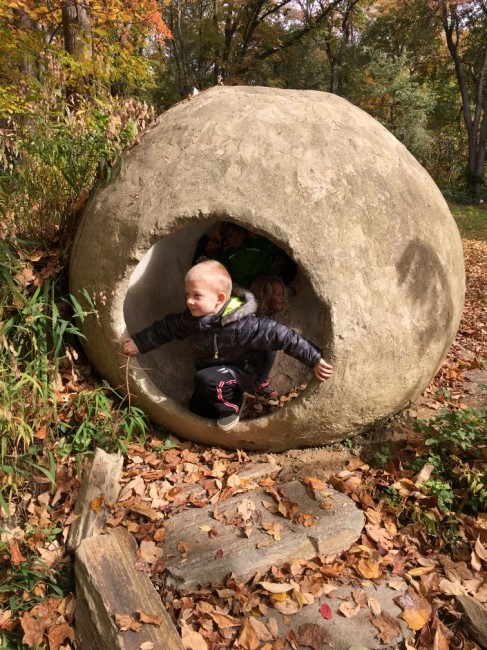
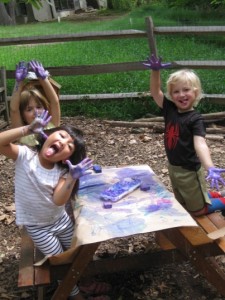

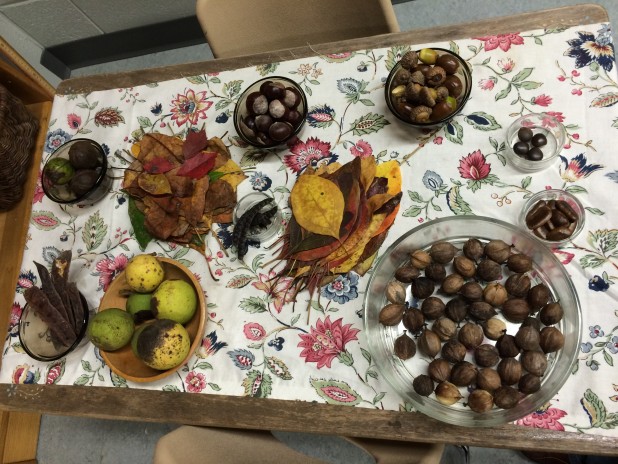
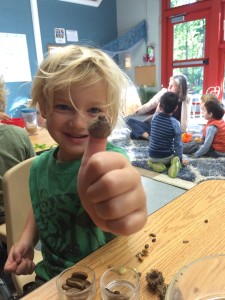 What happens at the start of each year defines the community of teachers and children as they embark on a journey to interact in the outdoor world. Each class is named for a native tree: Sycamores, Sweet Gums, Sassafras. As the children and teachers ventured out onto the trails, they began to notice the seeds covering the forest floor. Seeds are an engaging learning tool for young children as an open ended “loose part” that can be manipulated, peeled, squeezed, and more.
What happens at the start of each year defines the community of teachers and children as they embark on a journey to interact in the outdoor world. Each class is named for a native tree: Sycamores, Sweet Gums, Sassafras. As the children and teachers ventured out onto the trails, they began to notice the seeds covering the forest floor. Seeds are an engaging learning tool for young children as an open ended “loose part” that can be manipulated, peeled, squeezed, and more. 